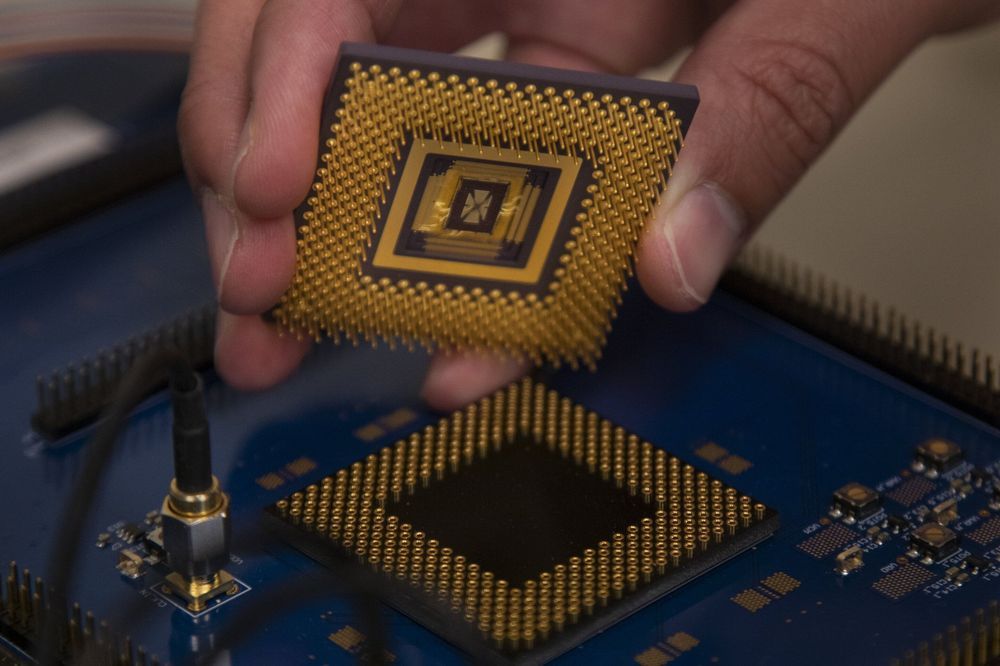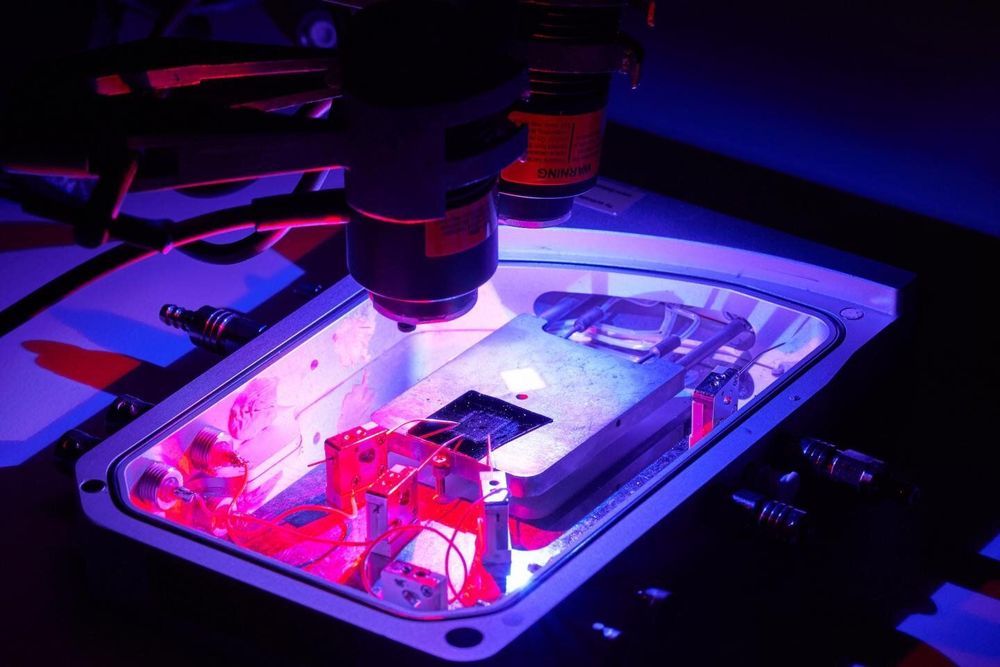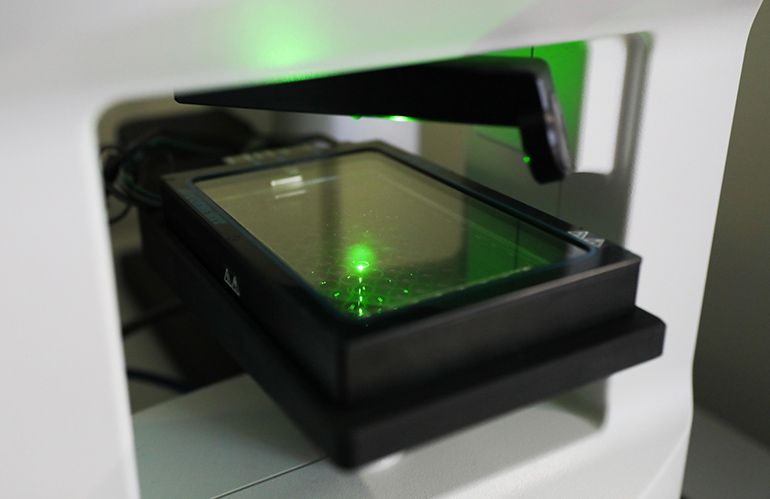Jul 18, 2019
First programmable memristor computer aims to bring AI processing down from the cloud
Posted by Quinn Sena in categories: mobile phones, robotics/AI
The first programmable memristor computer—not just a memristor array operated through an external computer—has been developed at the University of Michigan.
It could lead to the processing of artificial intelligence directly on small, energy-constrained devices such as smartphones and sensors. A smartphone AI processor would mean that voice commands would no longer have to be sent to the cloud for interpretation, speeding up response time.
“Everyone wants to put an AI processor on smartphones, but you don’t want your cell phone battery to drain very quickly,” said Wei Lu, U-M professor of electrical and computer engineering and senior author of the study in Nature Electronics.


















